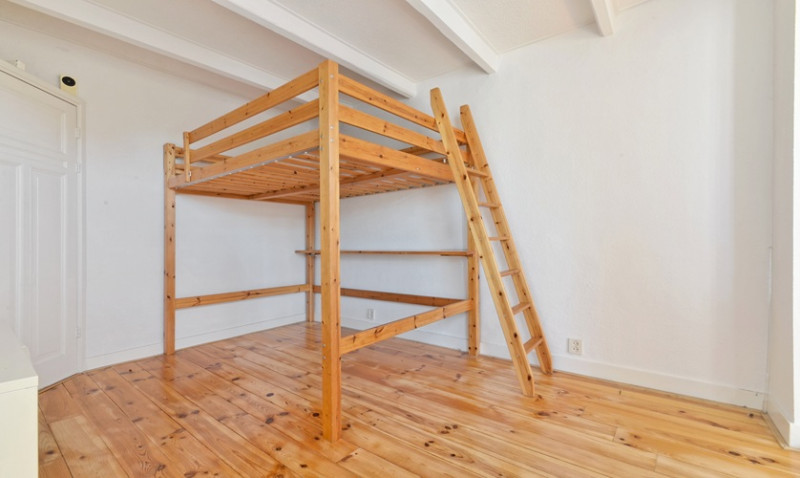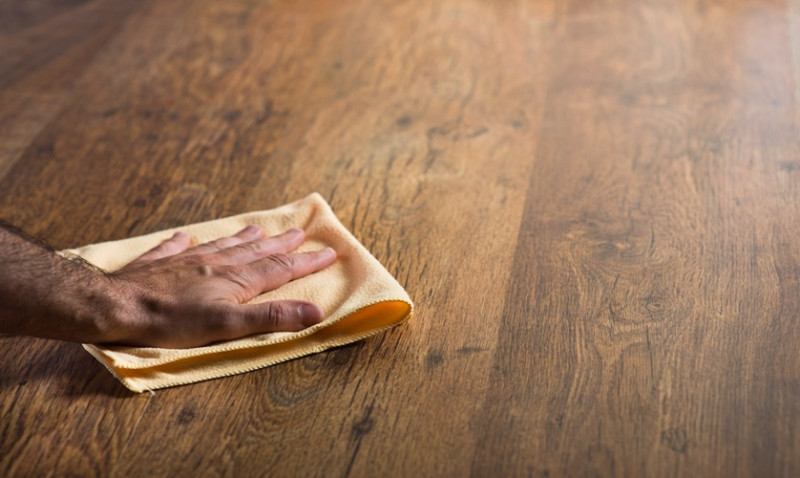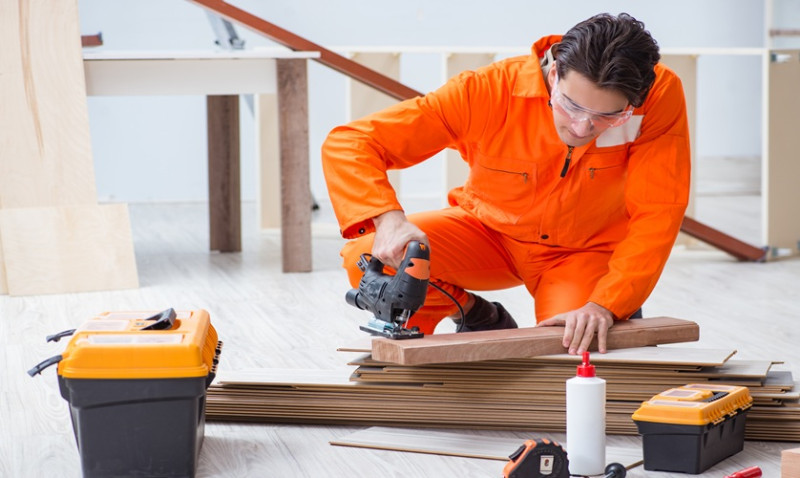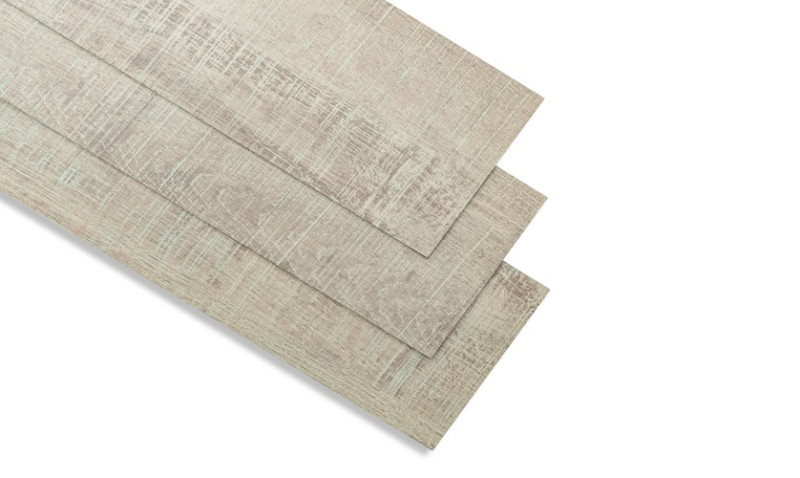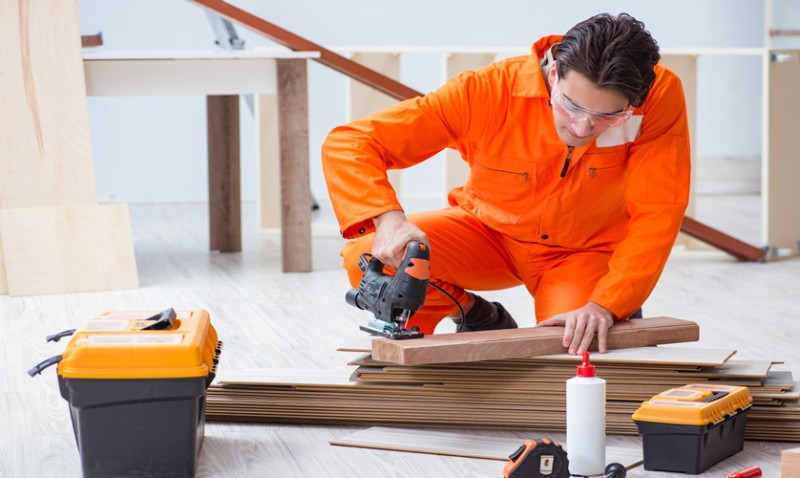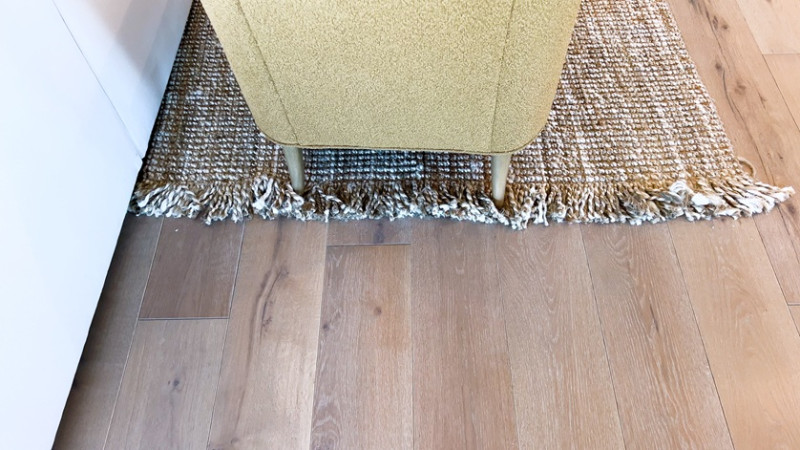
Hardwood floors are a timeless and elegant flooring choice, loved by homeowners, interior designers, and builders alike. However, even the toughest wood floors are prone to scratches over time due to furniture movement, pet claws, high heels, or just everyday wear and tear. While scratches can be frustrating, the good news is that you can address many of them without needing to refinish your entire floor.
This guide is designed for DIY enthusiasts, home decorators, designers, and tradesmen across the UK. Whether you’re living in a chic urban flat or a countryside farmhouse, this step-by-step tutorial will help you restore the beauty of your hardwood floor with a few simple tools and tricks.
Understand the Type and Depth of the Scratch
Before diving into the repair process, it's essential to accurately evaluate the type and severity of the scratch. Not all scratches are treated equally — the right approach depends on how deep the damage runs into the wood surface.
There are generally three categories of scratches that appear on hardwood flooring:
- Surface-level scratches: These only affect the finish or sealant layer and haven't penetrated the wood.
- Minor scratches: These have gone slightly deeper, perhaps scratching through the sealant and brushing the wood.
- Deep gouges: These cuts or indents go beneath the top layer and into the actual wood grain, often needing more involved repair work.
To identify the scratch depth, run your fingernail over the scratch. If your nail doesn't catch, it's likely a surface-level mark. If it does, you're dealing with a deeper blemish that may require more attention.
Surface-level Scratch Repair
Superficial scratches that have not broken through the top finish can often be fixed quickly and efficiently with minimal effort. These are common in high-traffic areas or under chairs and tables.
Start with a simple cleaning routine:
- Wipe down the affected area with a soft cloth to remove dust.
- Use a wood floor cleaner or a mix of water and mild soap to clean the surface thoroughly.
- Let it dry completely before applying any treatment.
After cleaning, use a floor polish or a scratch repair product designed specifically for hardwood floors. These can be found at most hardware stores in the UK or ordered online. Use a soft cloth to gently buff the product into the scratch, blending it evenly with the rest of the floor.
Allow it to dry and apply a second layer if needed. The floor should look revitalised, with reduced visibility of light marks.
Fixing Minor Scratches
For minor scratches that cut through the finish and slightly damage the wood, you'll need to go a step further. Luckily, this is still a DIY-friendly repair job using readily available UK products.
- Begin by cleaning the area as described above and drying the surface completely.
- Select a wood touch-up marker or crayon that closely matches your floor colour. Many UK homeware stores such as B&Q or Wickes carry them.
- Colour in the scratch carefully, then wipe away any excess with a cloth to avoid staining the surrounding wood.
Once filled, you may want to apply a thin layer of polyurethane or sealant over the area to lock in the repair and protect from future scratches. Let it dry overnight before placing any furniture back on the area.
This method is ideal for light to moderate scuffs scattered around the house, especially in entryways or living rooms.
Repairing Deep Gouges and Dents
When the damage penetrates deep into the wood, you'll need to invest a bit more time and effort. These types of repairs are especially common on older floors or in families with active pets and children. If you’re in doubt about tackling a deep gouge yourself, contacting a local flooring specialist in your area might be a wise move.
To repair deep scratches or gouges yourself:
- Clean the area to get rid of dust or debris.
- Sand the gouged area lightly with fine-grit sandpaper (usually 180–220 grit is optimal).
- Vacuum and wipe the area clean after sanding.
- Apply wood filler using a putty knife, ensuring the filler colour matches your wood tone. Press it in firmly and remove excess from the surface.
- Let the filler dry as per the manufacturer's instructions (usually a few hours).
- Once dried, sand again gently to even it with the surrounding floor.
- Apply a matching wood stain or finish to blend the repaired area back into the floor.
This technique is best suited for plank-style floors where individual areas can be repaired without affecting neighbouring boards.
Preventing Future Scratches
Preventing scratches is equally important once your floor has been repaired. A few easy lifestyle changes and products can dramatically reduce the chance of damage.
- Place felt pads under all furniture legs, especially chairs and tables that are moved frequently.
- Use rugs or runners in high-traffic areas like hallways, entrances, and under dining tables.
- Keep pet nails trimmed to prevent accidental scratching.
- Avoid walking on floors in high heels or tough-soled shoes that could dig into the wood.
- Regularly sweep or vacuum the floors to prevent grit from scratching the surface.
Additionally, consider re-coating your floors every few years with a fresh layer of protective sealant to extend their life and keep them looking great.
Choosing the Right Products
Using the right tools and products can make all the difference when restoring hardwood floors. Below is a helpful table outlining commonly available UK products for each type of scratch repair:
| Scratch Type | Recommended Product | Where to Buy (UK) |
|---|---|---|
| Surface scratches | Floor polish (e.g. Bona Hardwood Floor Polish) | John Lewis, Amazon UK, Screwfix |
| Minor scratches | Touch-up markers/crayons (e.g. Varathane Repair Kit) | B&Q, Wickes, Homebase |
| Deep gouges | Wood filler + stain (e.g. Ronseal High-Performance Wood Filler) | Toolstation, Travis Perkins, Amazon UK |
| Protective Finish | Polyurethane or varnish (e.g. Rustins Floor Varnish) | Selco, Homebase, Screwfix |
Final Thoughts
A scratched hardwood floor needn't be a disaster. With the right information, a few targeted products, and a little time, even noticeable damage can be reduced or eliminated completely. Not only will these fixes restore the look of your home, but they’ll also preserve the value and charm of your hardwood floor for years to come.
Whether you're a first-time homeowner in Manchester, a DIY-upholsterer in Edinburgh, or a professional renovator working on high-end London developments, knowing how to maintain hardwood flooring will keep your space stylish and resilient. Small acts of repair today can save hundreds of pounds on replacement tomorrow.
